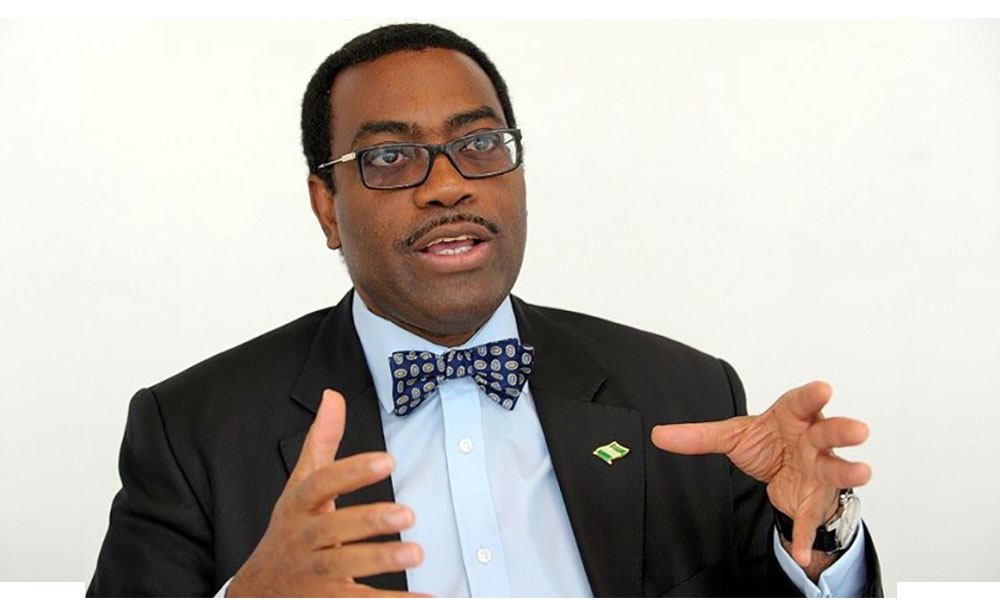In a major effort to improve Nigeria’s healthcare system, the Federal Government has launched a N110 billion High Impact Intervention Project through the Tertiary Education Trust Fund (TETFund) to rehabilitate medical schools across the country. The initiative targets 18 universities spread across the six geopolitical zones and aims to upgrade training facilities, lecture theatres, science laboratories, and clinical simulation centres that form the backbone of medical education.
This move comes in response to years of underfunding, outdated infrastructure, overpopulation in classrooms, and a lack of skilled educators—all of which have crippled the ability of many medical schools to provide quality education. Experts, including Femi F. Oyinlola, Babafemi H. Afolabi, and Oladapo F. O. of the University of Benin, have highlighted these issues in academic work, describing a deepening crisis in medical education due to obsolete facilities, poor funding, and declining moral and educational standards.
The recent inauguration of a Ministerial Monitoring Committee at TETFund Headquarters in Abuja signalled a turning point. Led by the Minister of Education, Dr. Tunji Alausa, the event was more than symbolic—it was a declaration of a national commitment to reshaping medical education and, by extension, public health.
“We are not just rebuilding classrooms and laboratories; we are rebuilding the future of Nigerian healthcare,” Alausa said, stressing that quality healthcare begins with quality education. He emphasised that future medical professionals must be trained in environments that encourage innovation and hands-on learning if they are to compete globally and serve the country effectively.
The High Impact Intervention Project is far from a token gesture. It is designed to address the structural and quality gaps that have long plagued medical education in Nigeria. With upgrades to lecture halls, laboratories, and simulation centres, institutions will be able to train more competent doctors, nurses, pharmacists, and dentists, while improving the overall standard of healthcare delivery.
TETFund’s Executive Secretary, Arc. Sonny Echono, described the project as a strategic response to the urgent needs of Nigeria’s medical training institutions. “We cannot talk about producing more doctors without first fixing the spaces that train them,” he said. The project is expected to increase student intake and improve the standard of education through better infrastructure and learning environments.
The scope of this intervention cuts across 18 universities including the University of Ibadan, University of Lagos, Ahmadu Bello University, University of Calabar, University of Benin, Nnamdi Azikiwe University, and several state universities such as Bayelsa State University and Benue State University. These institutions are poised to receive substantial infrastructural improvements that will boost their capacity and relevance.
The Minister of State for Education, Prof. Suwaiba Said Ahmad, noted that the initiative is not merely about physical buildings but about improving lives. She described it as a legacy project with far-reaching generational impact. “It is about Nigerians who will depend on the knowledge and expertise of those trained in these institutions,” she said, calling for transparency and efficiency in the project’s execution.
The TETFund Chairman, Alhaji Bello Masari, stressed the importance of making the project sustainable. “This must not be a one-off effort. Continuous investment and monitoring are key to ensuring long-term impact,” he said.
University leaders have welcomed the initiative. Vice Chancellors of Benue State University and Umar Musa Yar’Adua University commended the Federal Government’s strategic approach, calling it timely and crucial to national development.
Ultimately, this project underscores a broader vision—to make Nigeria’s tertiary institutions globally competitive and responsive to the evolving needs of the healthcare sector. As the Federal Government and TETFund move forward with implementation, the country stands on the cusp of transforming its medical education landscape and strengthening its capacity to meet future public health challenges.










